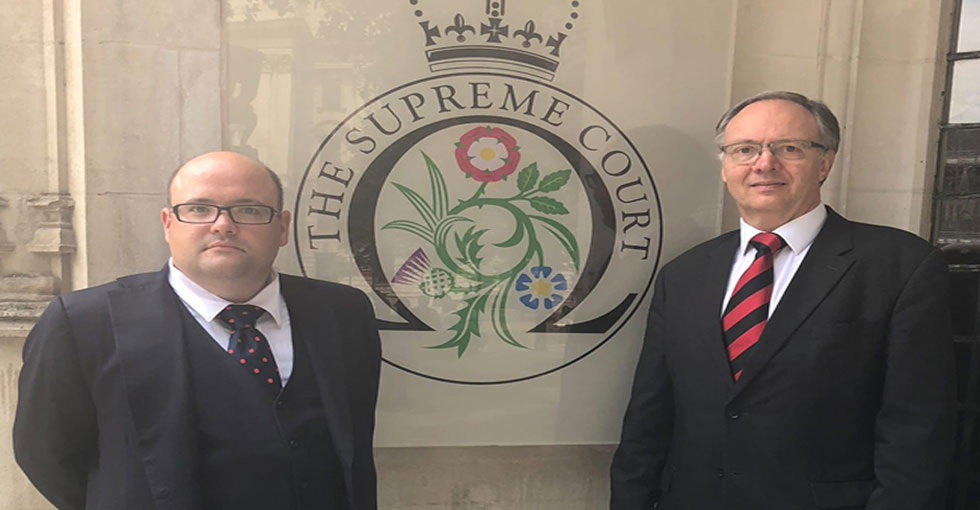John Randall QC and Marc Brown appeared in the Supreme Court over the last two days in the case of Regency Villas Title Ltd and others (Respondents/Cross-Appellants) v Diamond Resorts (Europe) Ltd and others (Appellants/Cross-Respondents). The appeal was heard by The President of the Supreme Court Lady Hale and Supreme Court Justices Lord Kerr, Lord Sumption, Lord Carnwath and Lord Briggs, and has sought to clarify the appropriate test for easements, and specifically the extent to which easements can properly be granted in respect of recreational uses of land, such as to use a golf course or a swimming pool.
John and Marc appeared on behalf of Regency Villas Title Ltd and others, instructed by Shakespeare Martineau (as they did both at first instance and in the Court of Appeal).
The judgment is reserved.
The UK Supreme Court Case Summary
Issues
In the context of easements, what is the correct approach to the requirement that to qualify as an easement a right must accommodate the dominant tenement in the sense that it provides “utility and benefit” in the use of the dominant land? In particular, what is the correct approach when the right is a right to recreation which is enjoyed in a self-contained way on the servient land? The correctness of the decision in Re Ellenborough Park is also in issue.
Facts
The issue in the appeal is whether a transfer made in 1981 granted to the respondents easements (being property rights) to use the gardens, and sporting and recreational facilities on the appellants’ land, or whether the transfer simply granted personal rights incapable of being transferred to a third party. The judge found that the 1981 transfer did create easements to use (free of charge) the gardens and sporting and recreational facilities on the appellants’ land, even where these had not been built or contemplated at the time of the transfer in 1981. The Court of Appeal upheld the majority of the easements identified by the trial judge, but found that on the proper interpretation of the grant, facilities which were built after the time of the 1981 transfer were not included. The appellants now appeal that decision.
Judgment appealed










